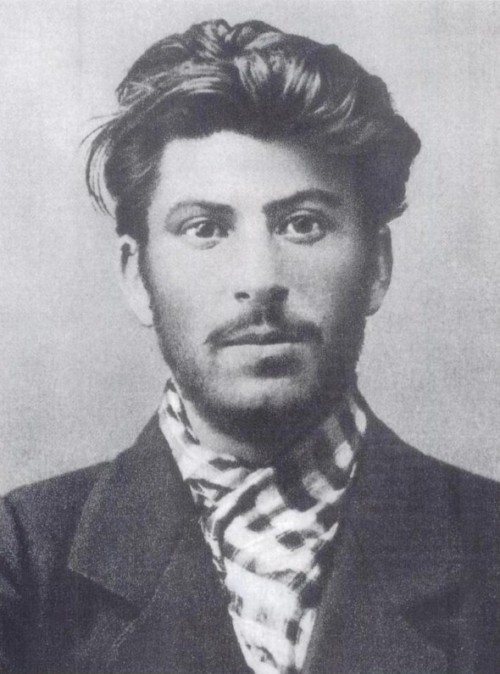I just finished reading a biography of Stalin’s early years—from his birth through the October Revolution, when he became People’s Commissar of Nationalities. It was an enlightening account of an enigmatic man.
Few people would disagree with labeling Stalin one of history’s greatest monsters. He killed millions directly by dictatorial order, and he killed millions more indirectly by policy. He repressed speech, thought, and art. He didn’t care for human life or human dignity if they hindered his political ends.
This is the sketch we get in school or on Wikipedia, and it’s not untrue. He was indeed terrible—so terrible that it’s hard to imagine how someone like him could come into existence. Reading a more thorough portrait of him only complicates the puzzle. You see that he existed in three dimensions like the rest of us.
That’s not to say the details of his personal life reveal him to have been a good man. Aside from being a political mass murderer, he was also a womanizer, a thief, a cold son, and a negligent husband and father. But there are also details that reveal an incongruously human side. He loved nature. He was a talented and avid poet. Throughout his life he was acclaimed as a beautiful singer by everyone who knew him. What struck me most of all was that, as the author put it, Stalin became later in his life “a keen gardener, growing lemons, tomatoes, and, above all, roses and mimosas.”
It’s strange to think of the supreme Soviet dictator placidly clipping his rose bushes while one of his deputies summarily executes a suspected conspirator in the basement of the Lubyanka. How do you reconcile those things? Shouldn’t Stalin have spent all his time brooding in the Kremlin while he looked out the window at a gray and rain-dampened Moscow? That would certainly give us a more consistent picture of the man.
One of the hardest things to remember when reading history is that every name you read once belonged to a human being. History often makes people like Stalin seem more like characters—larger than life and and on a different plane of existence. It’s startling to see them humanized and exhibiting qualities that might—god forbid—connect them to regular folk like us.
Those tender human qualities actually make the Stalin’s and Hitler’s of history more frightening rather than less. They make it harder to call them evil. They blur what we might think of as warning signs of future tyrants. Stalin’s family and childhood friends identified him as a uniquely charismatic leader with some kind of destiny in store for him, but no one predicted he would unleash more violence on his own people than anyone before him. He wasn’t torturing cats or anything.
A young Stalin is impossible to pick out of a crowd. Who knows when there might be another like him?

No comments:
Post a Comment